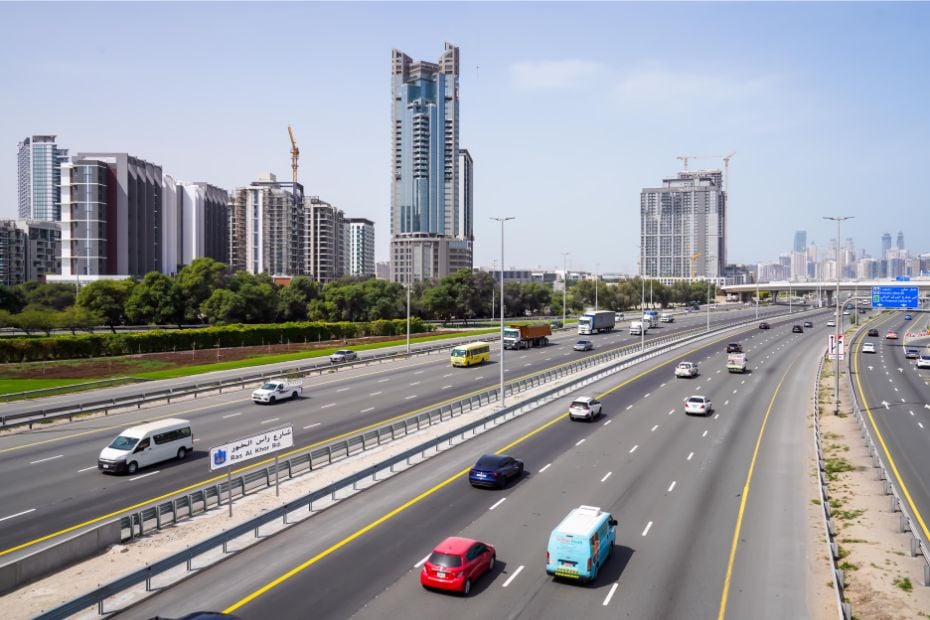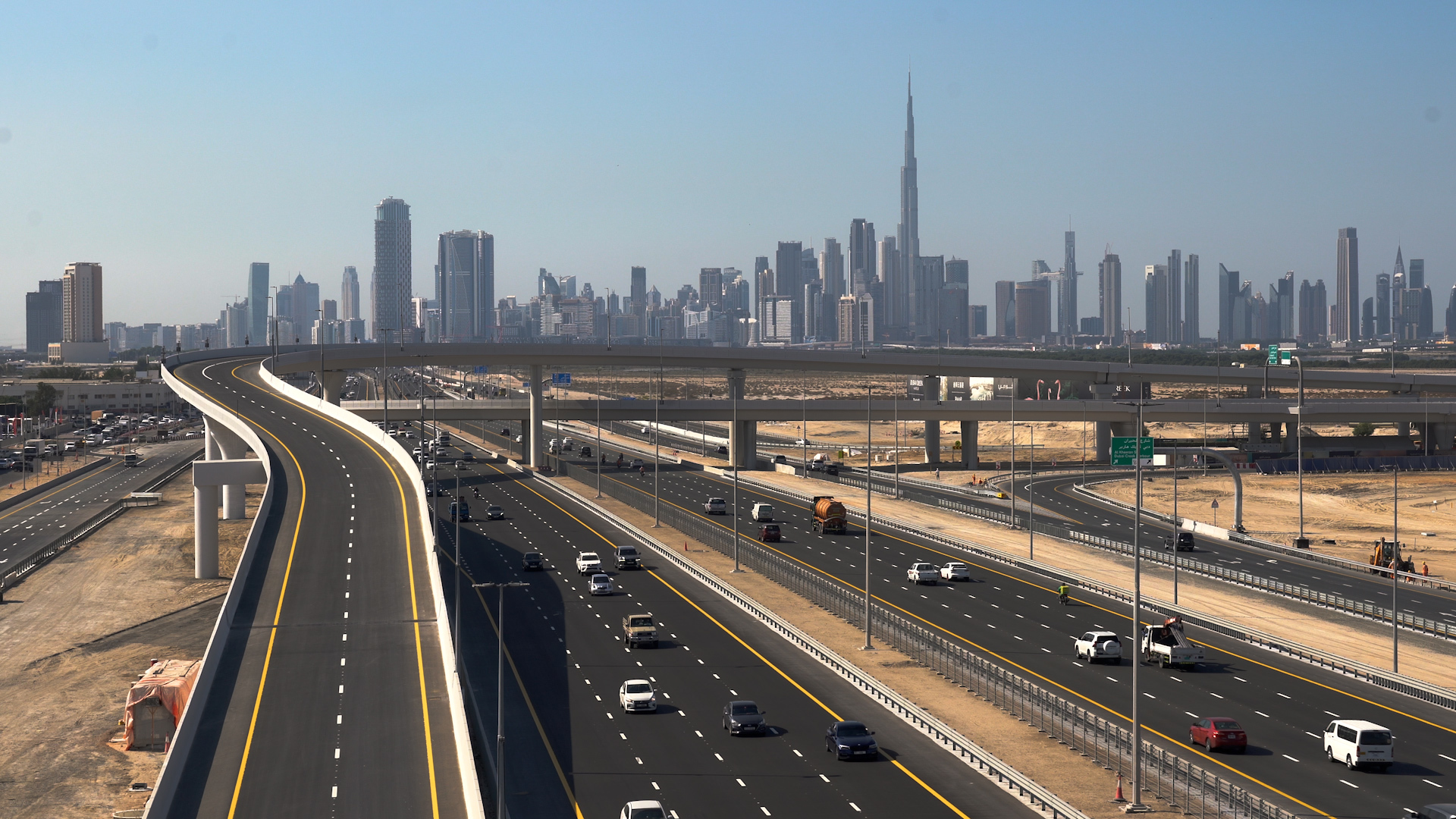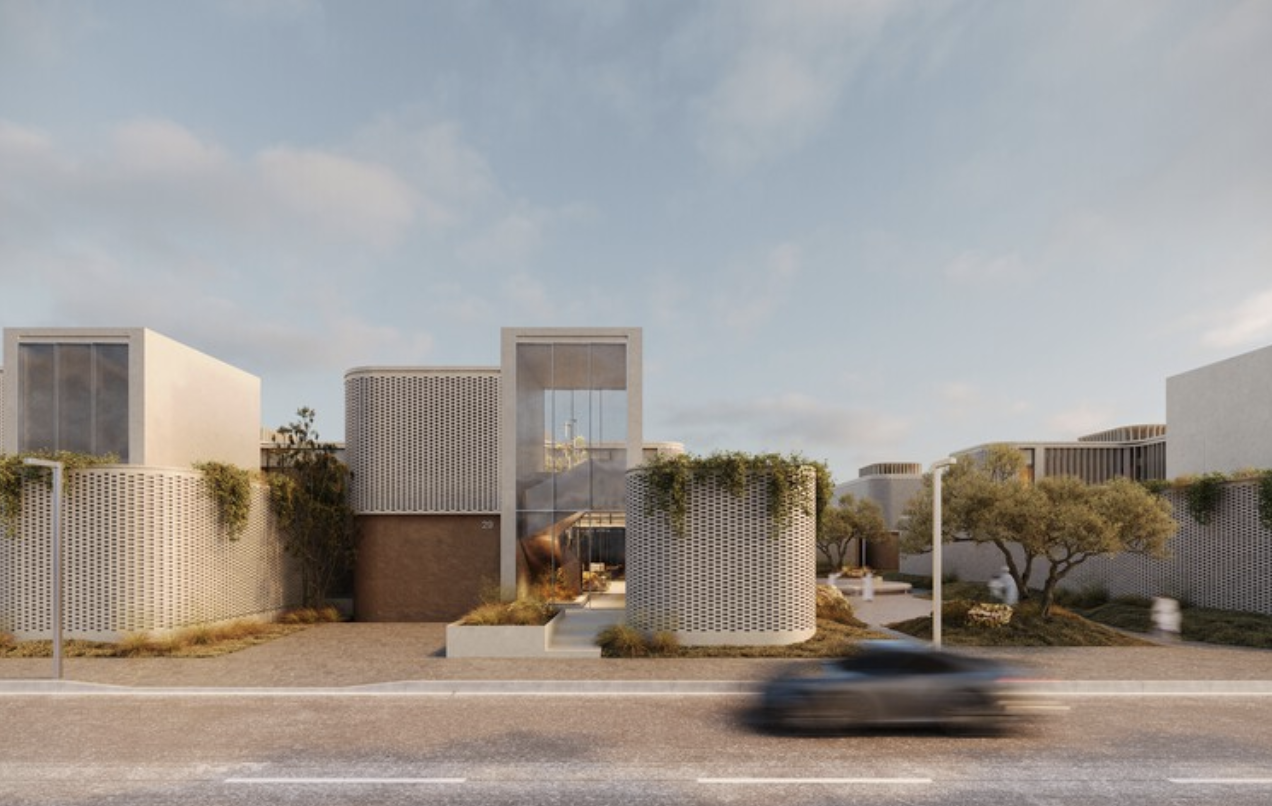Dubai has quietly unveiled a new road exit that’s already changing the pace of daily life for thousands of drivers. The newly launched connector from Financial Centre Street to Ras Al Khor Road, near the Bu Kadra Interchange, is a compact piece of infrastructure that has instantly cut travel time between Downtown Dubai and Ras Al Khor by over 50 percent. In a city driven by speed and precision, this seemingly modest intervention is being hailed as one of the most impactful urban upgrades of the year.
The route, which now enables motorists to travel from Business Bay to the Al Ain highway in just over six minutes—down from thirteen—was officially opened in early August 2025. Engineered as part of Dubai’s broader Shindagha Corridor development plan, the exit is part of a larger strategy to optimize the city's existing transport network without relying solely on massive overhauls.

Where much of Dubai’s urban planning history has leaned toward scale—sprawling road systems, multi-tiered interchanges, and headline-grabbing bridges—this new exit represents a more refined, data-informed approach. It is targeted, responsive, and designed to relieve a specific point of daily friction for commuters and commercial drivers.
Functionally, the exit links two of the city’s most significant roads: Financial Centre Street, which runs through Downtown and feeds into Sheikh Zayed Road, and Ras Al Khor Road, a crucial artery for the city’s industrial, residential, and logistics zones. By stitching these corridors together more efficiently, the new exit enhances the internal rhythm of the city—freeing up pressure not just on roads, but on time, energy, and movement.
It may not look like much—just a clean, direct, well-marked turnoff—but the value of the project lies in its simplicity. For city planners and architects, it’s a reminder that not every solution needs to be monumental. Sometimes the most sophisticated design is one that disappears into function.
Drivers report immediate improvements. Morning commutes have become more predictable. Midday congestion has eased across parts of Business Bay and Ras Al Khor. Logistics operators and delivery services have noted time savings and smoother routes into Dubai’s core commercial areas. The effects, though localized, ripple outward.
It’s also a sign of how Dubai’s Department of Transport is evolving its mindset—relying increasingly on data simulations, real-time traffic analysis, and predictive modeling to identify bottlenecks and preemptively solve them. Rather than reacting to congestion after it happens, planners are using commuter behavior and urban flow data to get ahead of the problem.
As the city continues to grow—both upward and outward—there’s an increasing awareness that not every problem requires a new mega project. Some just need a better turnoff, a faster link, or a clearer route. And when done well, these infrastructural edits can be just as transformative as a tower or transit line.
In that sense, Dubai’s new exit is more than a shortcut. It’s a reflection of a city refining itself—not just in what it builds, but in how it thinks.





